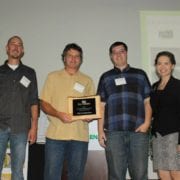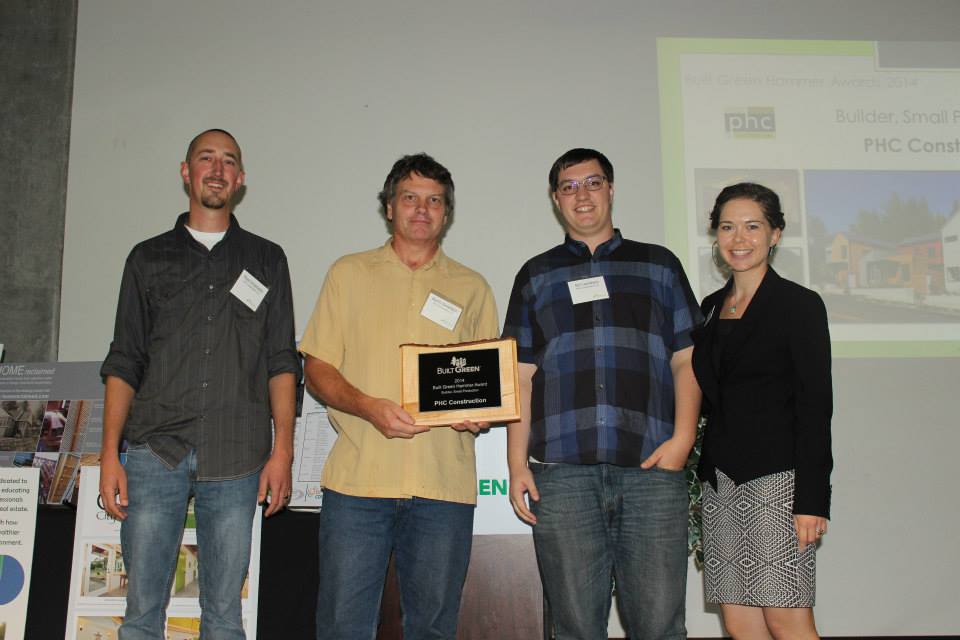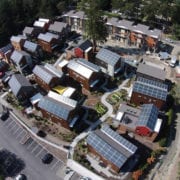Grow Community solar program highlighted in Kitsap Business Journal
 Grow Community’s groundbreaking solar program got some great press this week in a Kitsap Peninsula Business Journal feature. Read it here.
Grow Community’s groundbreaking solar program got some great press this week in a Kitsap Peninsula Business Journal feature. Read it here.
The KPBJ gives a comprehensive look at the incentives that make Washington solar such a great deal, using Grow Community as a case study. The journal highlights Blue Frog’s Solar’s Simple Solar program, which makes it easier than ever to make the move to energy self-sufficiency. Blue Frog provides the advanced microinverter technology integral to each Grow Community home solar system.
As the Business Journal notes:
Blue Frog is collaborating on the largest residential solar project in Kitsap County — Bainbridge Island’s Grow Community, a project of real estate development and investment firm Asani. It’s an example of effectively designing and building homes to accommodate rooftop solar panels.
“We knew from the outset that our goal was to create a net-zero community using solar,” says Marja Preston, senior director of development at Asani and owner of a solar home at Grow. “So everything there was designed, including the apartments, so we could get enough solar panels on the roof to provide all the energy needed for the homeowner.”
Thanks to the Kitsap Peninsula Business Journal and editor Tim Kelly for the great coverage! Find out more about Simple Solar here.







 Our builder PHC Construction is being honored with a 2014 Built Green Hammer award by the Master Builders Association, a real mark of excellence among regional projects.
Our builder PHC Construction is being honored with a 2014 Built Green Hammer award by the Master Builders Association, a real mark of excellence among regional projects.













 As we begin home presales in Phase 2, we’re rounding out our first neighborhood, the Village, with the Cooper Apartments on the north end of the grounds.
As we begin home presales in Phase 2, we’re rounding out our first neighborhood, the Village, with the Cooper Apartments on the north end of the grounds.